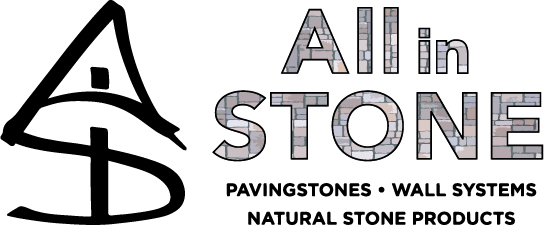TransformYour Outdoor Space
Choosing the Right Landscaping Materials!
Landscaping projects significantly boost your home’s curb appeal and create a functional, beautiful outdoor environment. The materials you choose are crucial in achieving your desired look and functionality. Whether you’re building a pathway, creating a garden bed, or adding a decorative border, choosing the suitable materials can make all the difference. Here, we’ll explore some of the most popular landscaping materials—aggregate, mulch, natural stone, and more—to help you make informed choices for your project.
1. Aggregate: A Versatile Solution for Landscaping
Aggregate refers to materials like crushed stone, gravel, pebbles, sand, and recycled concrete. It is an ideal choice for many landscaping applications due to its durability, cost-effectiveness, and versatility. Here’s how you can use aggregate:
- Pathways and Driveways: Crushed stone and gravel provide a stable surface that is easy to maintain, making them excellent for walkways, driveways, and patios. Choose from various sizes and colors to suit your design.
- Decorative Borders and Ground Cover: Pebbles and decorative stones can create elegant borders around flower beds, trees, or garden features, adding texture and visual interest to your landscape.
- Drainage and Erosion Control: Aggregates such as crushed stone or river rock help improve water drainage and reduce soil erosion, especially in areas prone to heavy rainfall.
2. Mulch: The Natural Ground Cover
Mulch is an essential material for garden beds, offering both aesthetic and functional benefits. It comes in various types, including organic options like wood chips, bark, and straw, as well as inorganic options such as rubber or stone mulch. The primary benefits of using mulch include:
- Moisture Retention: Mulch helps the soil retain moisture, reducing the need for frequent watering and helping your plants thrive.
- Weed Control: A thick layer of mulch blocks sunlight from reaching weed seeds, reducing their growth and keeping your garden beds neat.
- Temperature Regulation: Mulch acts as an insulator, keeping the soil cooler in the summer and warmer in the winter.
3. Natural Stone: Timeless Beauty and Functionality
Natural stone is a go-to choice for landscaping due to its durability and timeless appeal. It can be used in various forms, such as:
- Pavers and Flagstone are ideal for patios, walkways, and stepping stone paths. They add a natural look and feel to any outdoor space.
- Boulders and Stone Accents: These can be used as focal points or to create retaining walls, garden beds, and water features. The size and shape of the stones can be selected to suit the design and scale of the project.
Stone Veneer: For a polished look, stone veneer can be used to face outdoor structures, such as garden walls, fireplaces, or seating areas.
4. Edging Materials: Defining Spaces with Style
Edging materials such as metal, plastic, brick, or natural stone help to define garden beds, pathways, and lawns. They create a clear separation between different landscape elements, preventing the spread of mulch or gravel into unwanted areas and giving your outdoor space a clean, finished appearance.
5. Sand and Soil: The Foundation of Every Garden
High-quality sand and soil are essential for the success of your landscaping project. They provide the necessary nutrients and drainage needed for healthy plant growth.
- Topsoil: Use topsoil to level out uneven areas, fill in holes, or provide a nutrient-rich base for grass and plants.
- Sand: Sand can be used as a base layer for pavers or to improve the texture and drainage of heavy clay soils.
Choosing the Right Materials for Your Project
When selecting materials for your landscape, consider the following factors:
- Functionality: Choose materials that suit the purpose of the project, whether it’s for a pathway, decorative border, or drainage solution.
- Aesthetics: Select colors and textures that complement the overall design of your outdoor space.
- Budget: Aggregate and mulch are often more cost-effective options, while natural stone may have a higher upfront cost but offers long-term durability and appeal.
Landscaping is not just about planting flowers and mowing the lawn. The right materials can transform an ordinary outdoor space into a stunning, functional landscape that enhances the beauty and value of your home. Whether you’re tackling a DIY project or hiring a professional, All In Stone VT has a wide range of materials to meet your landscaping needs. Visit our website to explore our aggregate, mulch, natural stone selection, and more.


